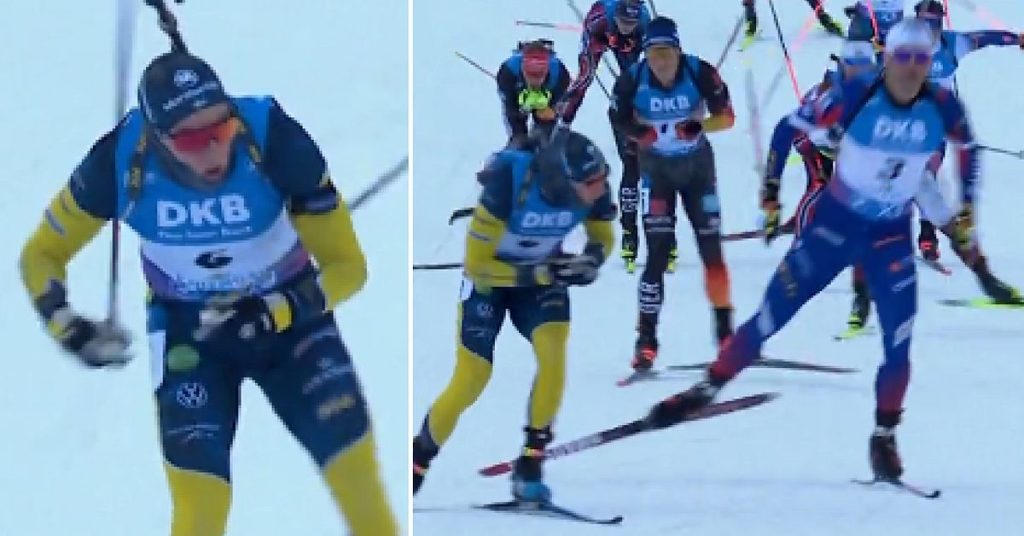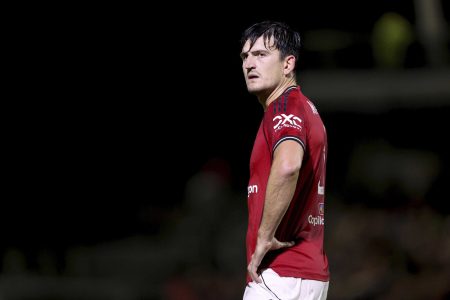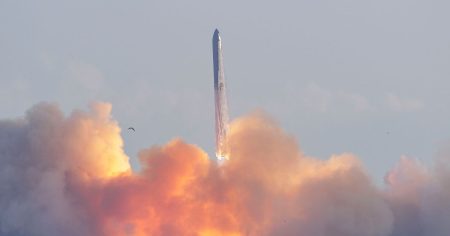Sebastian Samuelsson, the Swedish biathlete, finished fourth in the mass start competition, a result shaped by an early interaction with French competitor Émilien Jacquelin. While the two athletes attempted to collaborate in the initial stages of the race, their approaches differed, leading to a less-than-ideal start for Samuelsson. He later reflected on the exchange with SVT Sport, explaining that their diverging strategies, despite the shared intent to cooperate, created some friction. This initial setback likely played a role in preventing him from reaching the podium, though his strong skiing and shooting throughout the rest of the competition allowed him to recover and secure a respectable fourth-place finish.
The mass start format, known for its chaotic nature and frequent position changes, often necessitates collaboration among competitors, especially in the early stages. Athletes attempt to share the workload at the front, drafting each other to conserve energy for the later stages of the race. However, this collaborative spirit can quickly unravel when individual race strategies clash. Samuelsson and Jacquelin seemingly found themselves in this predicament. Their disagreement likely stemmed from differences in pacing, preferred skiing lines, or perhaps even the timing of when to push the pace. While both aimed to benefit from working together, their conflicting approaches ultimately hindered Samuelsson’s early progress.
Despite this early challenge, Samuelsson demonstrated his resilience and competitive spirit. His strong skiing performance throughout the race allowed him to gradually regain ground lost in the opening exchanges. His shooting accuracy, a crucial component in biathlon, also proved instrumental in his climb back towards the front of the pack. While the early interaction with Jacquelin may have cost him a podium position, Samuelsson’s ability to recover and secure a fourth-place finish underscores his consistent performance and mental fortitude in the face of adversity.
Analyzing the race dynamics further, it’s important to consider the strategic complexities inherent in biathlon. The interplay between skiing speed and shooting accuracy adds a unique layer of decision-making for athletes. Finding the optimal balance between pushing the pace on the skis and maintaining composure for accurate shooting is a constant challenge. In the mass start format, where the field is tightly packed, even minor variations in this balance can have significant consequences. The early interaction between Samuelsson and Jacquelin likely disrupted this delicate balance for both athletes, forcing them to adjust their strategies on the fly.
Samuelsson’s fourth-place finish, viewed in the context of the entire race, highlights the importance of adapting to unpredictable events in biathlon. The initial disagreement with Jacquelin, while potentially frustrating, ultimately served as a test of Samuelsson’s ability to refocus and execute his race plan. His strong performance throughout the remainder of the competition demonstrated his adaptability and resilience. This capacity to overcome setbacks is a critical attribute for success in biathlon, where changing weather conditions, varying snow quality, and unpredictable competitor interactions can all impact the outcome.
In conclusion, Sebastian Samuelsson’s fourth-place finish in the mass start, though not a podium result, showcased his strength as a biathlete. The early disagreement with Émilien Jacquelin, while likely impacting his initial positioning, highlighted the complexities of collaboration and strategy within the sport. Samuelsson’s ability to recover from this initial setback, combined with his consistent skiing and shooting, underscores his resilience and competitive spirit. This performance further solidifies his position as a top contender in the world of biathlon, demonstrating his ability to adapt and perform at a high level even under challenging circumstances. His continued development and focus on refining his race strategy will undoubtedly be key factors in his pursuit of future podium finishes and continued success in the sport.














